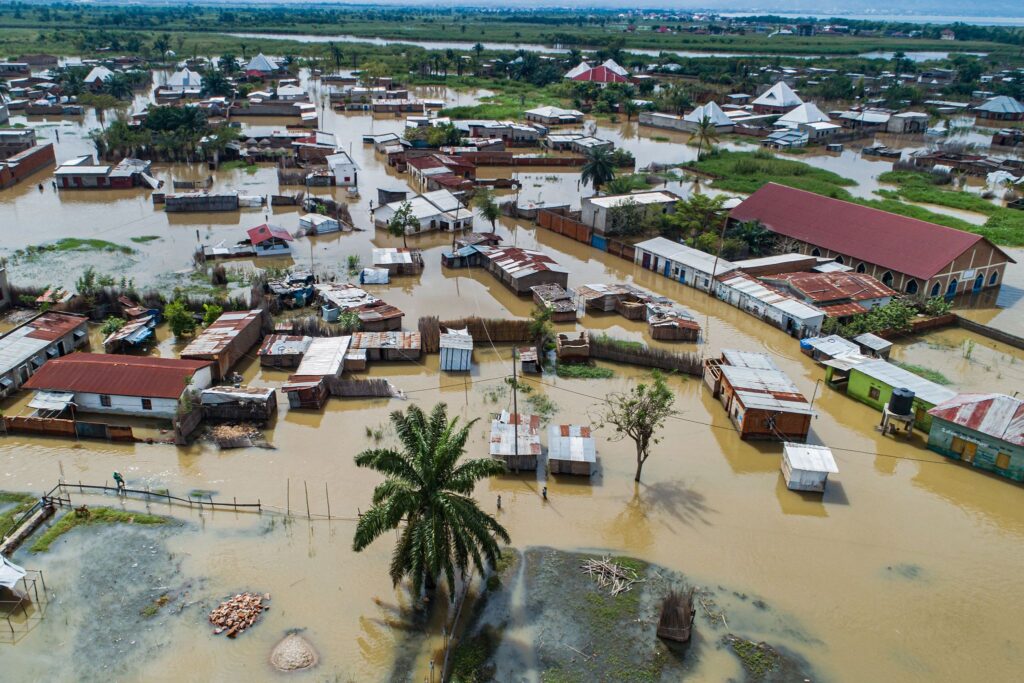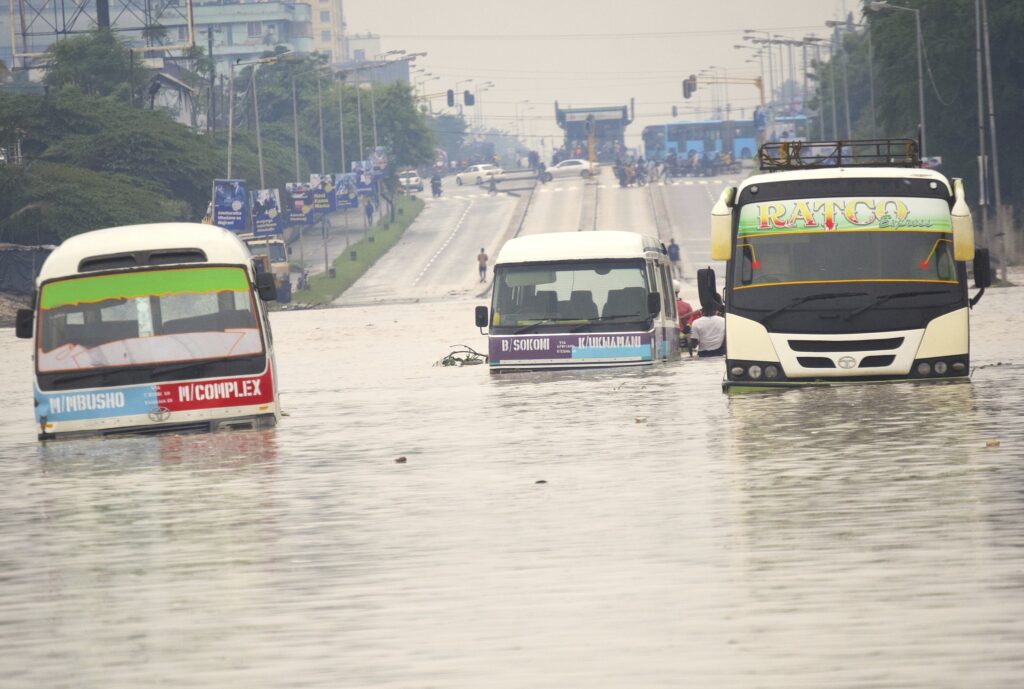
More than 700,000 people impacted by East Africa floods
East Africa is reeling from the catastrophic impact of weeks of relentless heavy rains and subsequent flooding. The deluge, attributed in part to the El Niño weather phenomenon, wreaked havoc across Kenya, Tanzania, Uganda, Rwanda, Burundi, and Somalia, according to the United Nations Office for the Coordination of Humanitarian Affairs (OCHA).
The human cost has been devastating. The United Nations Office for the Coordination of Humanitarian Affairs (OCHA) says the flooding has impacted 750,000 people across East Africa in some way and displaced 234,000 people.
As of May 5, at least 400 people have died, with over 155 deaths reported in Tanzania according to local authorities.
On Wednesday, the Kenyan government released updated numbers indicating the flooding left 257 people dead, displaced 54,837 households so far and affected 293,661 people.
Refugee camps, already strained, have been particularly hard-hit. The UN Refugee Agency (UNHCR) spokesperson lga Sarrado Mur says 20,000 people in the Dadaab refugee camps, which host over 380,000 refugees, have been displaced due to the rising water levels.

In Rwanda, torrential rains and floods have killed at least 14 people in Nyanza District, injured 27 in Burera District, and destroyed roads, bridges, and 123 dwellings since April 28, according to the UN Relief Web.
The United Nations Office for the Coordination of Humanitarian Affairs (OCHA) reported that in Somalia, at least seven people were killed, 160,000 others affected, more than 37,000 people were displaced.
At least eight people have been killed by recent floods in Uganda as reported by local media. Around 1,600 vendors and families stranded in Jinja City.
The agricultural sector has also suffered immensely in east Africa. Kenya’s National Disaster Operations Centre reported that by the end of April, some 4,824 livestock had died, and 27,717 acres of cropland were damaged. This raises serious concerns about a looming food crisis. The region grappled with food insecurity before the floods.
“We are seeing huge acres of land submerged, so there will be a deficit in terms of food shortages. However, on the flip side, there will be lots of pasture for animals once the heavy rains are over,” said Anthony Muchiri, Emergency Response Manager, Kenya Red Cross Society.
Kenya President William Ruto directed the treasury to provide adequate resources and work with other development partners to provide for the purchase and supply of food, medical, and other non-food items as part of flood assistance efforts.
In Burundi, torrential rains have affected more than 179,200 people and destroyed farmlands since January 2024, according to the UN Relief Web.

Local authorities report that several hectares of rice and banana plantations in Rwanda’s Ruhango District have been damaged.
The floods haven’t spared infrastructure either. Roads and bridges have been washed away, disrupting transportation and hindering relief efforts. Kenya’s National Disaster Operations Centre reported that 264 small businesses and 24 schools were affected.
The Kenya Red Cross Society Emergency Response Manager, Anthony Muchiri, said, “We have been able to record over 32 roads that have been cut off. However, thanks to our contingency planning, we were not caught off guard. We were able to reposition non-food shelter items to different regions we operate in, which have been used to help people in trouble.”
Many roads in Nairobi have been temporarily closed, including vital routes like the Namanga Road, which connects Kenya and Tanzania.
Tanzania’s highway connecting the city of Dar es Salaam to the southern provinces of Lindi and Mtwara was closed on Sunday after flash floods washed out four main bridges.

Damaged sanitation systems and limited access to clean water heighten the risk of outbreaks of waterborne diseases.
“A majority of wells and pit latrines are totally submerged. So we anticipate in the coming weeks, there will be concerns on matters of public health,” the Kenya Red Cross Society Emergency Response Manager Anthony Muchiri said.
Kenya’s Public Health Principal Secretary Mary Muthoni said, “In response to the escalating crisis of heavy rainfall and flooding across Kenya, the Ministry of Health has swiftly initiated comprehensive measures to mitigate the dire health risks posed by the ongoing natural disaster.”

Attributing the flood crisis to climate change, Kenya President William Ruto said that the current floods due to heavy rains are a direct consequence of failure to protect the environment, resulting in the effects of climate change.
The international community has stepped in to assist with relief efforts. The United Nations and various humanitarian organizations are working tirelessly to provide life-saving aid, including food, shelter, and medical supplies.
“Kenya Red Cross, thanks to Safaricom, was able to send out 35 million SMS (Short Message Service), warning people in flood risk areas, to move to higher grounds and we saw hundreds of thousands of people move to higher grounds voluntarily,” the Kenya Red Cross Society Emergency Response Manager Anthony Muchiri said.
The road to recovery for East Africa will be long and arduous. The World Economic Forum 2024 report stated that floods pose the highest acute risk of climate-induced deaths. Floods could take as many as 8.5 million people’s lives by 2050.
Rebuilding infrastructure, restoring livelihoods, and ensuring food security will require sustained international support. The impact of these floods will undoubtedly be felt for months, if not years, to come.





